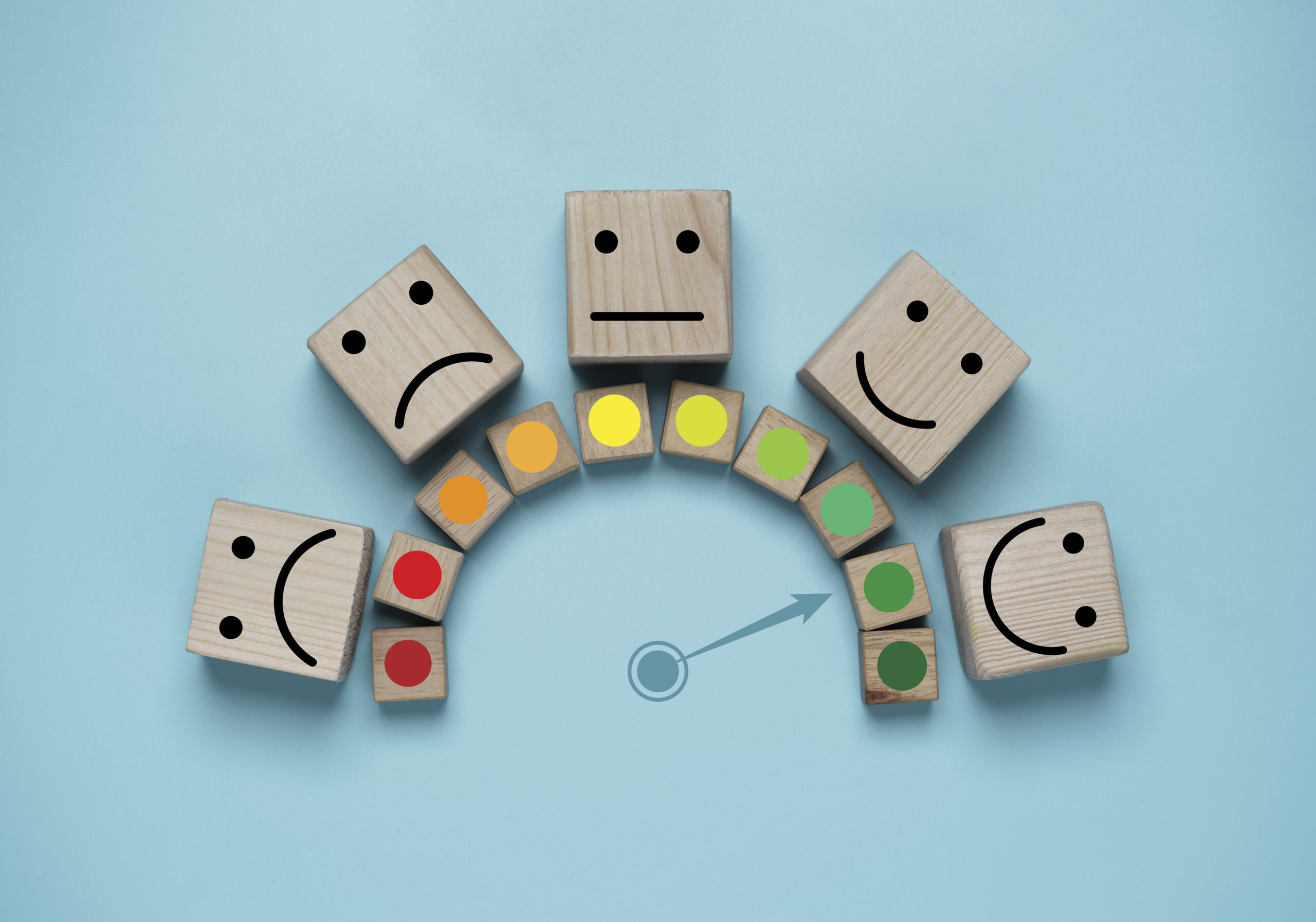A good friend and colleague, Charlie Appelstein, who trains educators and mental health clinicians on the strength-based teaching method, recently shared a powerful anecdote. During a training session, he turned to a woman in the first row who had been taking copious notes and said, “You are an absolutely wonderful attendee! You’re laughing at my jokes, taking fastidious notes, and seem to really care about the content. I bet you are awesome with kids. I’m honored to be training you. Thank you.” The woman began to tear up, and Charlie asked her, “Because I gave you this unexpected praise, do you think you will be more invested in listening to me today?” “Yes, definitely,” she said. Another woman sitting two seats over added, “Me, too.”
This vignette illustrates the power of positively connecting in a teaching context. The attendee, the woman sitting next to her, and the speaker each felt more engaged in the learning process. This interaction helped create a positive dynamic for everyone throughout the rest of the session.
A strength-based teaching approach facilitates a positive relationship with a student by focusing on a pupil’s assets and resources – rather than the deficit reduction model, which can promote a sense of despair and hopelessness, adversely impacting a student’s mindset and forcing them to give up on themselves
As a school psychologist for 30 years, I realized how the teacher-pupil relationship was often the tipping point between student engagement and student alienation. Feeling a positive bond with their teacher was critical for mainstream students and those with special needs in determining their classroom experience.
One of the earliest writers about this was a psychologist named Jules Segal. He considered teachers to be “Charismatic Adults,” adults from whom a child can gather strength; they can also include coaches, faith leaders, and parents. Segal wrote, “Small wonder that teachers often provide the magical bond that allows many children to turn their lives from certain defeat to glorious victory.”1
I will never forget a thirteen-year-old boy I counseled who detested school. He and his parents battled every morning. In speaking to his parents, I was struck by his mother’s comment that he liked to stay home to watch animal videos, a topic that greatly interested him. That struck a chord with me as it identified this boy’s passion – something he felt motivated to learn about. (Interestingly he did not own a pet, although he had repeatedly asked for one.)
Identifying this passion helped to implement a strength-based intervention: several teachers had class pets in school, and after I secured permission from select teachers and the principal, this student was offered the job of pet monitor. The duties of caring for the pets each morning were explained to him, and he was given a badge with that title. He immediately agreed and enthusiastically embraced his new role.
His attendance dramatically improved as he delighted in caring for the school animals. The fights with his parents about attending school disappeared, as starting each day with a joyful activity changed his attitude toward school and ensured he would get there on time. Unsurprisingly, his academic performance also improved significantly. A positive outcome of this intervention was that several teachers asked him to speak to their class about animal care because he had done such a good job taking care of the class pets.
If the school team had focused on problematic areas, such as his depression and academic deficits, it is unlikely he would have experienced a sense of accomplishment and self-competence to the same degree that he did while serving as a pet monitor.
The strength-based approach offers teachers flexibility and creativity in tapping into a student’s resources. It is important to note that this is not just a rote application of strategies. A teacher’s mindset that says, “I am thrilled to be your teacher and believe in you. Let us work together to help you become the best version of yourself,” is a compelling message for a student and communicates that they are viewed as unique beings with something special to offer.
One misconception is that the strength-based model ignores problematic areas and offers students exaggerated platitudes. The model only focuses on those assets of a student that are accurate. Nor does taking the time to infuse a class with a strength-based approach come at the cost of academics. Covering content is a goal of teaching, and doing so in an environment where students feel engaged and proud of their accomplishments enhances the learning experience for teachers and students.
One way to help students appreciate their strengths is through the nature of the feedback offered to them. Avoid feedback focused on the correctness of a student’s response that can negate a student’s effort in problem-solving. Focusing on what a student did wrong can create frustration; instead, let students know that their effort is not overlooked. Here are some examples of such feedback:
- “You stuck with it even when it became difficult.”
- “I like the effort you put into it.”
- “I can see that hard problems don’t scare you.”
- “You’re not afraid to tackle the hard stuff.”
- “That was a really original approach to solving the problem.”
- “I loved how you were really involved in class today.”
Emphasizing the student’s effort will make subsequent feedback about the student’s responses easier for them to process. It will also promote a “Growth Mindset” for students, emphasizing the effort put into a task regardless of the outcome. Psychologist Edward Deci, a pioneer of the study of motivation, noted, “Giving people unexpected positive feedback on a task increased their intrinsic (internal) motivation to complete the task.”2
The beauty of using the strength-based model to enhance student-teacher relationships is its applicability to a diverse population that includes mainstream and special needs students regardless of age, grade, or socioeconomic status. Thinking and teaching in a strength-based model can supercharge the connection between teacher and pupil, becoming a potent source of self-affirmation and optimism for students and teacher satisfaction.
Steven Baron, Psy.D. is a licensed psychologist in private practice and was a school psychologist for thirty years. Dr. Baron has written articles and book chapters and provides workshops for parents, educators, and mental health professionals about positive psychology, child psychotherapy, and child development. He is the author of “Teaching With A Strength-Based Approach: How to Motivate Students And Build Relationships,” published by Routledge.
Learn more at www.drstevenbaron.com.
References
- Segal, J. (1988). “Teachers Have Enormous Power In Affecting A Child’s Self Esteem” in Child Behavior And Development Newsletter. Brown University 4 (10, October), pp 1-3.
- Kumar, Mahitha. (2022). “What Is Self Determination Theory” in Woman+ Magazine, (December) https://womanmagazine.co.nz/what-is-self-determination-theory/#:~:text=Deci%20stated%20in%20his%20research,to%20do%20more%20of%20it.






